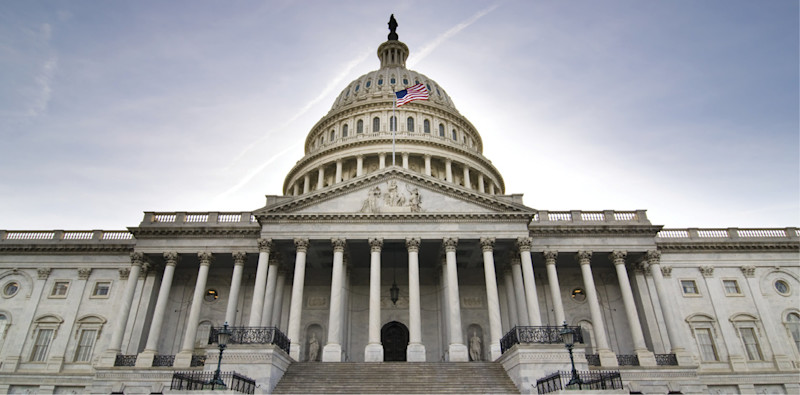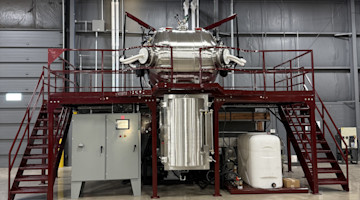President signs bipartisan infrastructure bill
The $1.2 trillion Infrastructure Investment and Jobs Act was signed into law by President Joe Biden after passing the House by a 228-206 margin. The House vote capped months of intense negotiations between the White House and congressional negotiators from both parties. As a result, the bill remained bipartisan in both chambers, with 13 Republicans voting in favor of the House bill. Six Democrats voted against it. The new law represents $550 billion in new federal spending, along with renewals of existing programs. See diagram for spending levels.
EPA issues PIP (3:1) compliance extension through 2024
In October, the EPA proposed to further extend the compliance date of the processing and distribution of certain PIP (3:1)-containing articles and the PIP (3:1) used to make those articles until Oct. 31, 2024, along with the associated recordkeeping requirements for manufacturers, processors, and distributors of PIP (3:1)-containing articles. The EPA also provided a description of the specific kinds of information the agency will require to support any additional extensions to the compliance dates. For details, go to epa.gov and search “PIP (3:1).”
U.S. lifts Sec. 232 Tariffs on steel and aluminum from EU
The Commerce Department announced that the United States is suspending its 25% tariff on steel and 10% tariff on aluminum imports from the EU. In return, the EU agreed to suspend its 25% retaliatory tariffs on certain U.S. goods and limit steel and aluminum exports to the United States. The United States and EU tariff suspensions become effective Jan. 1, 2022.
U.S. Sec. 301 Tariffs on Chinese products remain in place
When U.S. Trade Representative Katherine Tai outlined the Biden administration’s policy toward China, one point was clear: The Trump administration’s tariffs against imports of many Chinese products will remain in place for now. Instead, Tai vowed to engage China on compliance issues with the Phase 1 trade deal negotiated last year. She did just that in a follow-up virtual meeting with China’s Vice Premier Liu He. Regarding the tariffs, Tai said she would revive a “targeted” process of approving exclusions for certain Chinese imports. Most previous tariff exclusions had expired at the end of 2020.
White House relaunches science and tech council
President Biden revived the Obama administration’s President’s Council of Advisors on Science and Technology (PCAST) by announcing his PCAST members in late September, including mathematician and geneticist Eric Lander as director. Lander said PCAST would recommend strategies, specific actions, and new structures that the federal government should adopt to ensure that the United States can harness the full power of science and technology.
A direct descendant of the scientific advisory committee established by President Dwight Eisenhower in 1957 in the weeks after the launch of Sputnik, PCAST is the sole body of external advisors charged with making science, technology, and innovation policy recommendations to the president and the White House.








